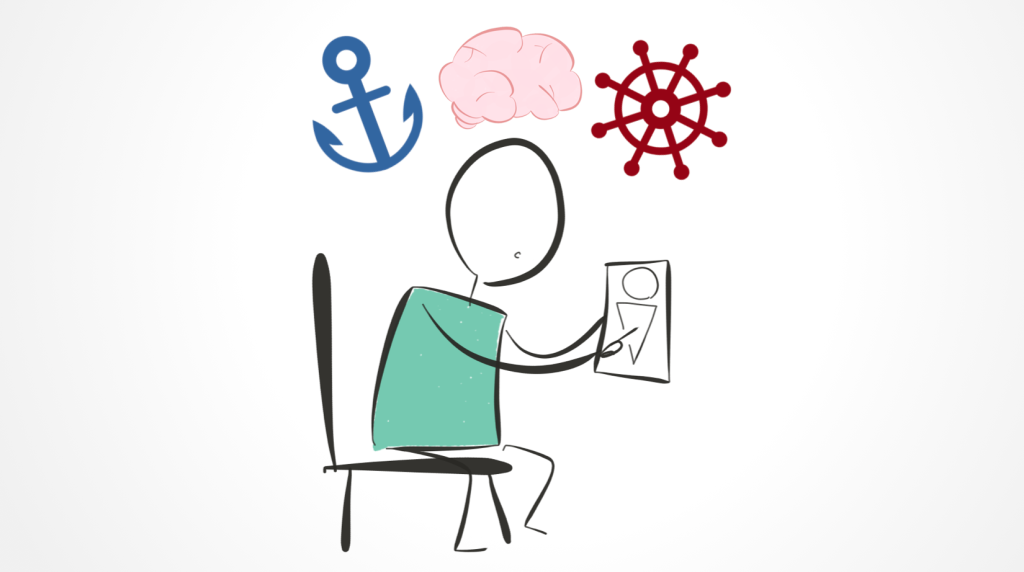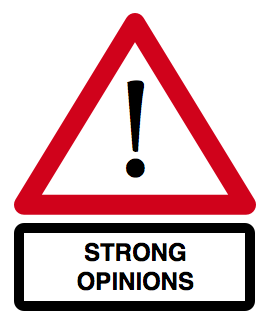
 What do you say to whom, and how much, and when…?
What do you say to whom, and how much, and when…?
People usually don’t address their six year old sister with “Your Honor…” and they rarely say “Sup?” to their principal.
We don’t speak the same way to everyone. We make changes to what we say based on our audience – who we’re with, and what’s going on.
Let’s look at a couple decisions we make about changing our language for different audiences – WHAT, and HOW MUCH – by thinking about balance.
WHAT to Say
Do you discuss details of upcoming dentist appointments with your friends? Not usually – that’s something that’s typically discussed with your parents.
Do you say, “Good afternoon” to classmates? Probably not that much – that’s something reserved for someone like a teacher.
So what topics do we raise, and what words make sense to use, based on whom we’re with?
A helpful way to think about this difference is through balancing casual and formal language.

Casual and formal language can be hard to define explicitly. In general, casual language is words and topics that we say naturally, the first things that come to mind. Formal language describes words topics that we think about and consider, and possibly censor, for a particular type of person. For example, if you were late to school one day, you might tell your friend: Damn. My stupid alarm didn’t go off. But for your science teacher, that doesn’t match how she’s expecting to be spoken to – for her, it would be more like: I’m sorry, won’t happen again.
The main question to think about is:
- What is my connection to the person I’m speaking to?
- If I’m with someone of “higher status” than myself, I should probably lean more toward formal language. This might be a teacher, professor, principal, boss, or a relative I don’t know very well.
- If I’m with a friend or someone younger than I am, I can usually lean more toward casual language.
HOW MUCH to Say
There’s a whole other aspect of considering our audience: after we’ve figured out what to say, we have to consider how much to share.
When talking about my favorite TV show to my friends who also watch that TV show, I can get into an incredible level of detail about all the evidence I have for my theory that a certain character didn’t really die… If I try to explain that much to my mom – who hates the show – she’ll be totally disinterested and confused. She won’t know the characters or the plot points, and she’ll probably not care!
This speaks to the need to balance how much we explain and how much we skim.

This balance of our language is again based on who we’re with, but this time, it has more to do with the topic than our status connection to the person. It helps to think about:
- How much does my audience know about this topic?
- if they already know a lot, I can probably lean toward explain – we share knowledge about it
- if they don’t know much, I may want to skim more – unless I’m teaching them something or making a presentation
- How interested is my audience in the topic?
- if they are interested, I can lean more toward explain
- if they are not too interested, you may want to lean toward skim
Of course, it’s sometimes challenging to figure out how much someone knows, and how interested someone is. But it helps to have it be “on our radar,” something we think about and consider.
Be “Slider Savvy”
For folks who want something more concrete, a helpful visual is this slider. It represents the same elements of the balance, but as a continuum from one extreme to the other. Our decisions about how much to “lean” toward one side or another can all fall somewhere along the slider:

For example, on our explain ~ skim balance, when thinking about talking to dad’s friend about pi day (March 14, or 3/14, so named for the number pi which begins 3.14), it probably makes sense to be somewhere around 80/20 skim. He may or may not know or be interested, but it couldn’t hurt to mention.

…but in after school science club, it might be good to be more like 60/40 explain about pi day – to talk about it, and in some detail, but not so much detail that it takes the whole club time.

Why bother think about audience?
In the U.S., people sometimes refer to our right to free speech to mean we can say whatever we want to whomever we want. In reality, there are often negative outcomes to making mistakes about what we say to whom. Talking about a topic to your boss that he finds inappropriate (too casual) could lead to getting fired. Talking in too much detail about something that a classmate isn’t interested in (too much explain) may mean they avoid working with me in the future.
The Balance Challenge is all about the thinking we can do in social situations to help us create the best outcomes for us and the people we’re with. Balancing casual and formal language, and explaining and skimming, can help to do just that.
And as always, remember this advice is not just for folks with ASD, but for neurotypicals as well. Anyone who knows me (or reads this blog…) knows that I myself can always benefit from trying to lean more toward skim!
For an explanation of the Balance Challenge framework, see Balance Breakdown, always accessible on the top navigation bar.


 Persevering
Persevering 
 There’s a huge space in between, where you find the confidence to tackle challenges, and at the same time the questioning necessary to find the true best solution.
There’s a huge space in between, where you find the confidence to tackle challenges, and at the same time the questioning necessary to find the true best solution.
 There are times when it makes sense to share your opinion with this much fervor. With friends who agree with you about how awesome the Minions movie was, be enthusiastic!
There are times when it makes sense to share your opinion with this much fervor. With friends who agree with you about how awesome the Minions movie was, be enthusiastic! Being measured is when you share your opinion in a calm and reserved way. When talking about a controversial topic, or with someone you don’t know well, it is often helpful not to share too enthusiastically.
Being measured is when you share your opinion in a calm and reserved way. When talking about a controversial topic, or with someone you don’t know well, it is often helpful not to share too enthusiastically.

 Sticking with your way of doing things is like an anchor, firmly planted in the ocean floor. It doesn’t move, doesn’t budge for anything or anyone. This can be important to do at times, like when you are 100% certain that you need to take a break from a long work meeting (your way), even if others are insisting you stay.
Sticking with your way of doing things is like an anchor, firmly planted in the ocean floor. It doesn’t move, doesn’t budge for anything or anyone. This can be important to do at times, like when you are 100% certain that you need to take a break from a long work meeting (your way), even if others are insisting you stay. So what’s the alternative to sticking with your way? It’s trying new ways of doing things. For this, we use an image of a sailboat, whose route is guided by the wind. This is when we are open to advice and feedback, we listen to and consider the guidance of our relatives and peers and make changes in our behavior according to their suggestions.
So what’s the alternative to sticking with your way? It’s trying new ways of doing things. For this, we use an image of a sailboat, whose route is guided by the wind. This is when we are open to advice and feedback, we listen to and consider the guidance of our relatives and peers and make changes in our behavior according to their suggestions.







